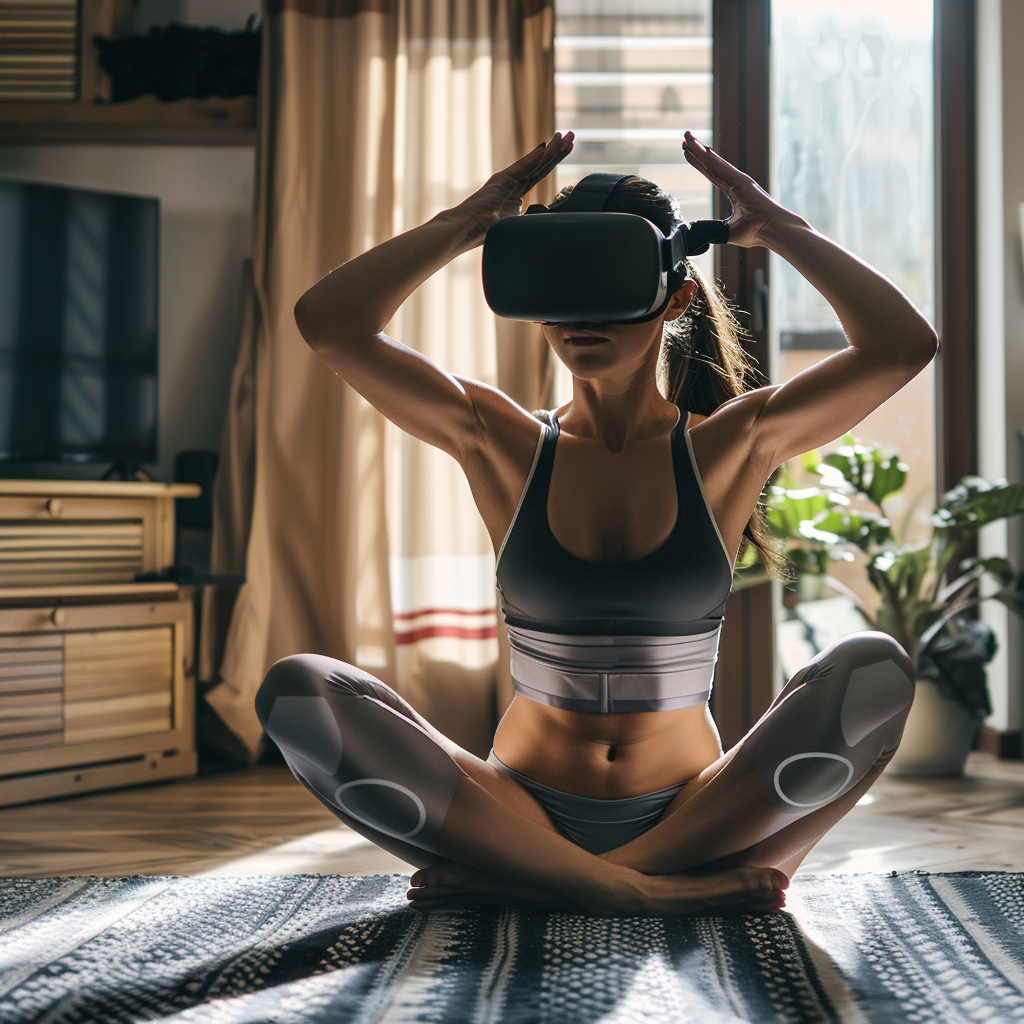Virtual Reality Fitness: The Future of Home Workouts
Delve into the emerging trend of virtual reality in fitness, discussing how it’s changing the way people exercise at home.
Virtual Reality Fitness: The Future of Home Workouts
The world of fitness is constantly evolving, and the latest trend that’s revolutionizing the way people exercise at home is virtual reality (VR). With the advancements in technology and the increasing accessibility of VR headsets, fitness enthusiasts now have the opportunity to experience immersive and engaging workouts without ever leaving the comfort of their homes.
Virtual reality fitness programs transport users to captivating virtual environments, where they can engage in a wide range of activities, from boxing and cycling to yoga and dance classes. These virtual worlds are designed to not only challenge the body but also stimulate the mind, creating an experience that’s both physically demanding and mentally engaging.
One of the key advantages of VR fitness is the ability to gamify the workout experience. Many VR fitness apps incorporate game-like elements, such as scoring systems, leaderboards, and virtual opponents, which can motivate users to push themselves harder and stay committed to their fitness goals. This gamification aspect taps into the human psyche’s innate desire for competition and achievement, making the workout process more enjoyable and addictive.
Another significant benefit of VR fitness is the opportunity to explore various environments and scenarios that would be difficult or impossible to replicate in a traditional gym setting. Users can climb virtual mountains, navigate through obstacle courses, or even travel through time and space, all while getting a full-body workout. This element of escapism and variety can help alleviate the monotony that often accompanies traditional home workouts, keeping users engaged and motivated.
Moreover, VR fitness provides a sense of community and social interaction, even for those exercising at home. Many VR fitness platforms offer multiplayer modes, allowing users to connect with friends, family, or other fitness enthusiasts from around the world. This social aspect not only adds an element of fun and camaraderie but also provides accountability and encouragement, which can be crucial for maintaining a consistent workout routine.
Despite its many benefits, VR fitness is not without its challenges. One of the primary concerns is the cost of VR hardware and software, which can be a barrier for some individuals. Additionally, there are potential safety risks associated with using VR equipment, such as tripping or colliding with objects in the physical environment while immersed in the virtual world.
